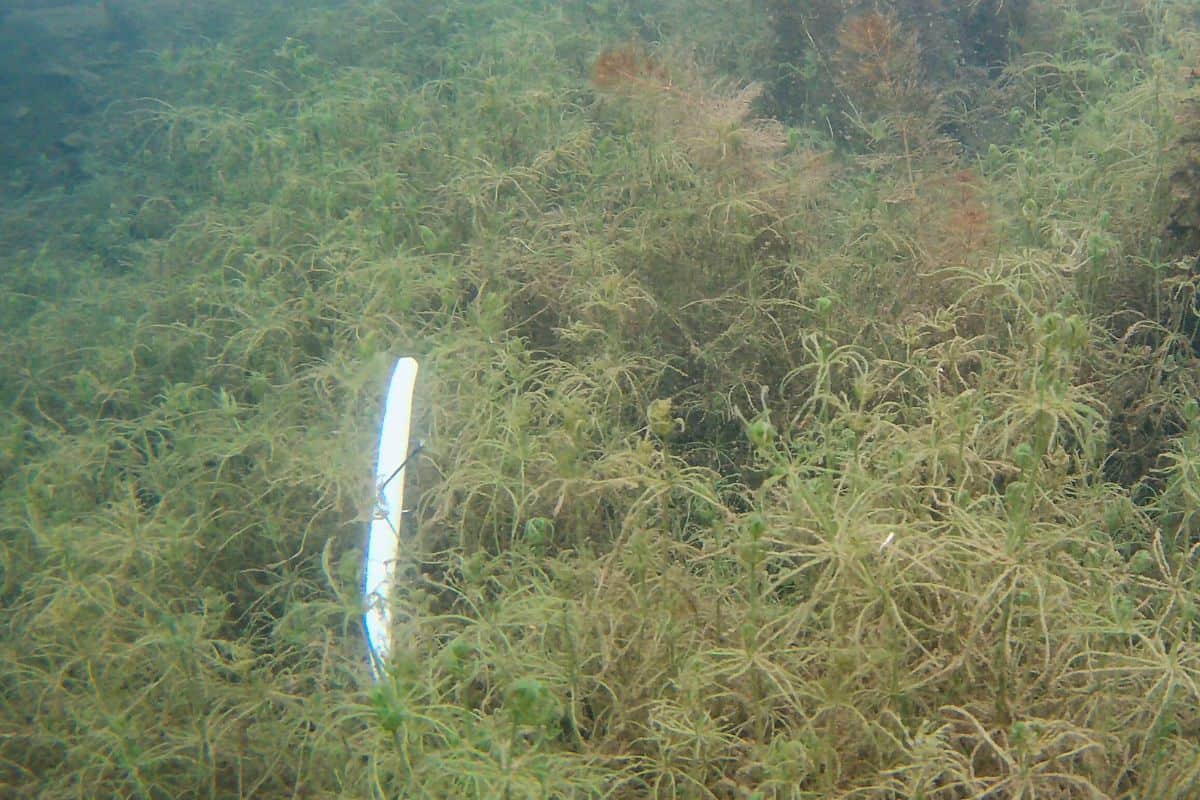Angler frustration can build when cast-after-cast is ruined by weeds and slime getting stuck on your lures. This reduces the amount of time your bait is working at its maximum efficiency and ultimately costs us bites.
The following can help reduce or eliminate this problem for anglers:
- Embed the knot and hook eye into the soft plastic
- Use lures with a slender head design
- Keep hooks Tex-posed in soft plastics
- Use presentations that keep distance from the bottom
- Learn how to rip treble hook lures free from vegetation
Each of these will let your lure spend more time attracting fish and increasing your chances for success.
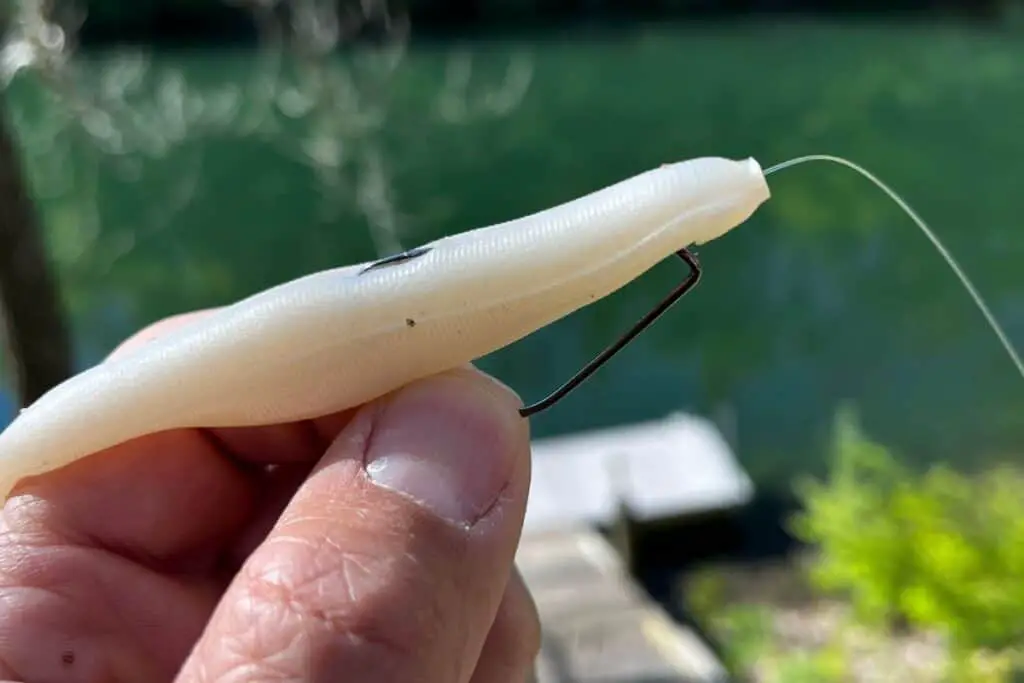
Embedding the Knot Into the Plastic
When using soft plastics, most bass anglers are going to rig them with the traditional Texas rig method. This is great for keeping weeds off of the hook, but the hook is not usually the problem.
The head of the lure is the first to make contact with weeds or slime and this is where most issues happen.
When threading the hook into the plastic, go an extra ⅛” deep. This way when you turn the hook and bury the point into the plastic, the eye and line knot will also be inside of the lure.

This simple trick is quite effective and lets the bait slide through the vegetation without the tags of the knot or hook eye-grabbing stuff as it passes through. This is especially helpful when the bottom composition of a lake or river has “slime” all over it.
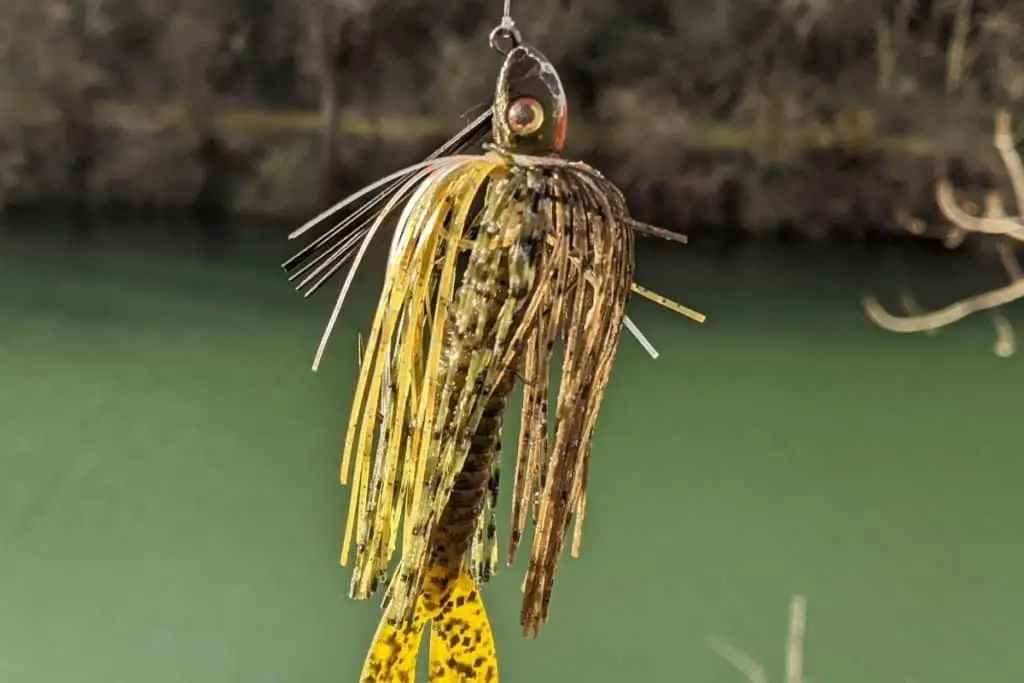
Head Design and Line Tie Make a Huge Difference When Fishing Vegetation
This seems like an obvious fix, but it is surprising how many times anglers don’t take the time to replace a lure with a more slender design when fishing in the weeds.
Slender heads on lures are also most often paired with a vertical line tie. This combination will allow anglers to slide and maneuver the bait through the grass with surprising ease.
This situation is most often a key factor when fishing “jig” style lures. Swim jigs, flipping jigs, finesse jigs, etc.
Even a roundball finesse jig with the line tie sitting horizontally will grab a lot more vegetation than one with a vertical line tie.
(Here is an article about everything you need to know for a Texas Rig.)
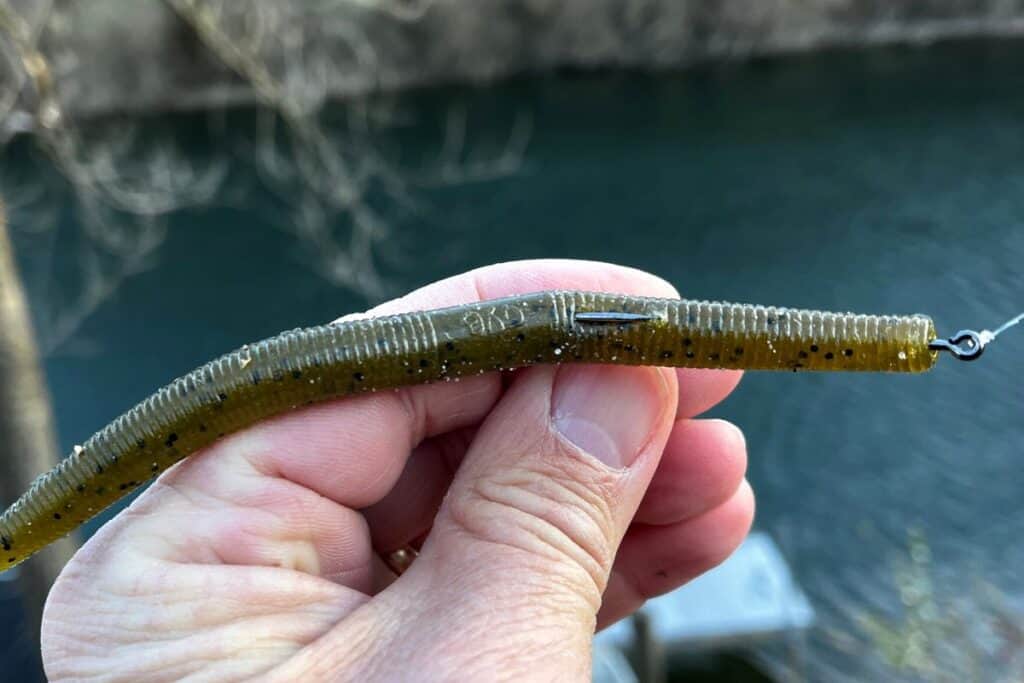
Master the Art of Tex-Posing Hooks
Texas rigging hooks is one of the first skills bass anglers learn, but becoming skilled at Tex-posing the hook will increase your hook-up ratio and keep those points free of vegetation.
A proper Tex-posed hook will have the final bend towards the point exposed on the back of the lure, but the point will be buried into the plastic.
Offset worm hooks and EWG hooks are the best for this. Traditional flipping hooks do not have the line tie and the point of the hook in-line with each other.
It takes a little practice, but Tex-posing is a great way to rig about all soft plastics unless punching through the thickest and gnarliest vegetation.
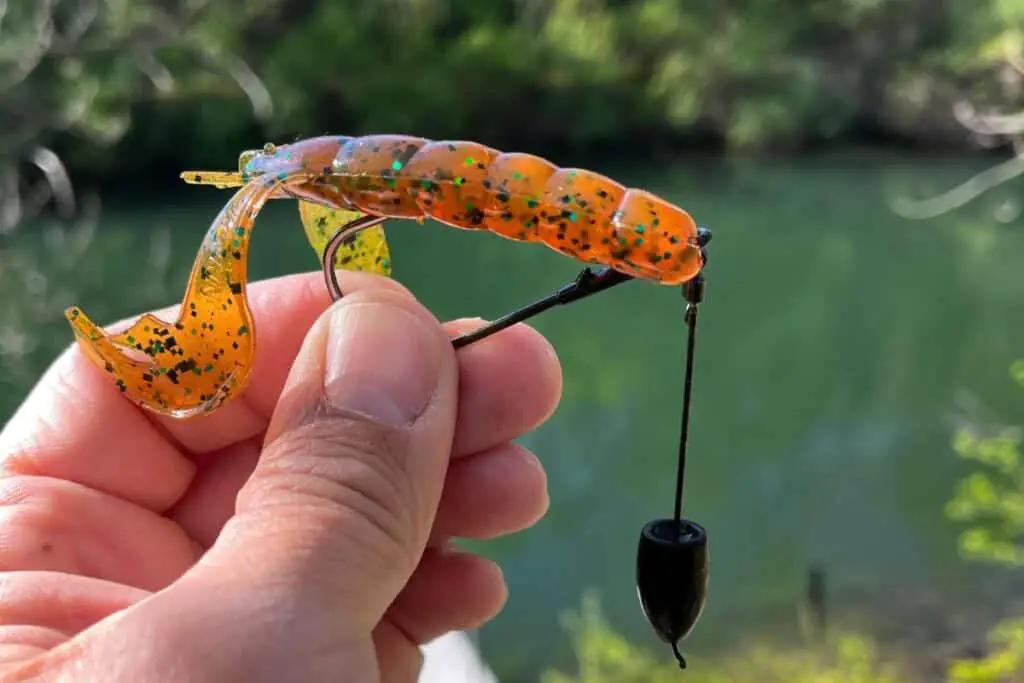
Presentations for Keeping Lures of the Bottom
There are times when letting lures crawl and work their way through bottom vegetation or slime is just too much to handle. Even with the above-mentioned tips, you still may deal with more wasted casts than you like.
When that is the case, these two presentations are surefire ways to help eliminate the frustration.
A Tokyo rig and a drop shot rig are excellent for separating the lure from the bottom crud that is ruining your casts.
The post dropping vertically on the Tokyo rig works exceptionally well with hard structure, but it can also help maintain distance when the rocks and bottom are covered in slime.
The weight hanging down may pick up some of the nasty green stuff, but the lure will remain free of the slime much more often. This will keep your bait doing what it should and maximize the efficiency of the plastic.
A drop shot rig is my favorite way to work through problematic weeds. Use a cylinder weight so it slides through the grass with ease. The lure rigged above the weight will glide through the vegetation and stay away from the bottom grass.
The drop shot is best suited for sparse weeds and not the super thick, emergent vegetation. Although, a heavier power shot rig can be flipped into openings in thick grass with tremendous success.
(Here is an article on the power shot rig.)
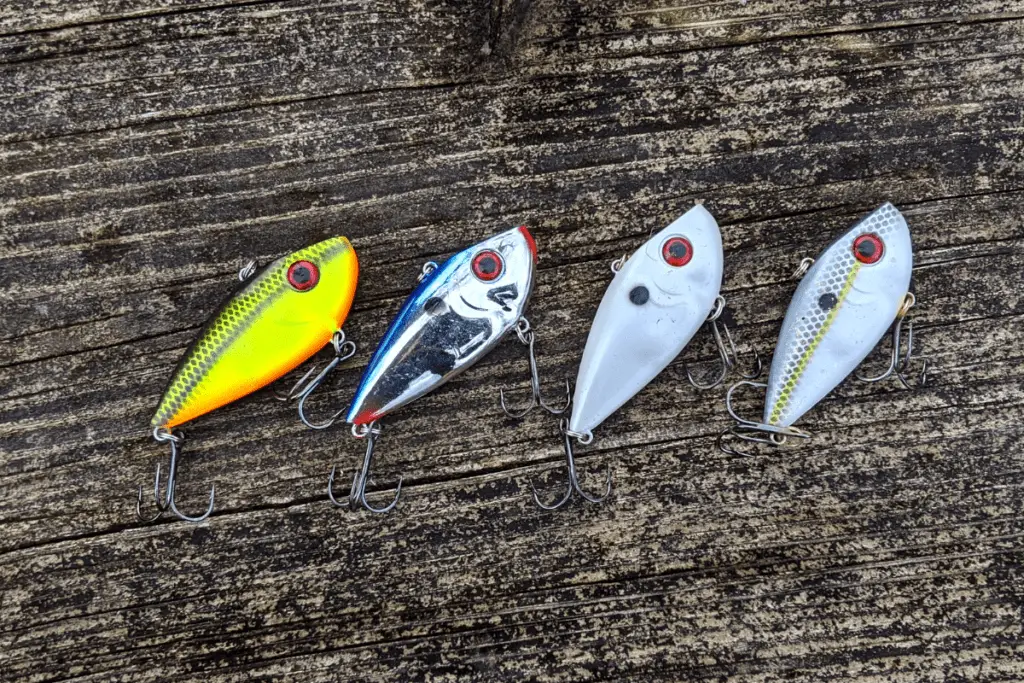
Learn How to Rip Treble Hooks From Vegetation
There are times when crankbaits, jerkbaits, and lipless cranks are what the bass want. The erratic action can draw reaction strikes from bass and make for some great fishing.
Treble hooks hanging below the lure can grab the weeds, but these lures will “rip” free of the grass quite well and often this sudden movement will draw a strike.
A rod with a little more backbone, something like a medium-heavy power rating, is ideal for this.
When you feel the lure start to load up with grass, give the rod a quick, horizontal rip, and the bait will often pop free. This method works well with eelgrass, curly pondweed, and the tops of hydrilla or milfoil.
It does not work so well with bottom slime.
It takes a little practice learning how much power to rip the lure with, but once you catch a fish are two after that initial burst, it will be another effective method in your toolbox of tricks.
Bass love to hang in vegetation. Practicing how to keep lures free of debris will result in more catches more often.
Good luck out there and be sure to encourage someone today. You never know how you may change their life forever.
Isaiah 6:8

